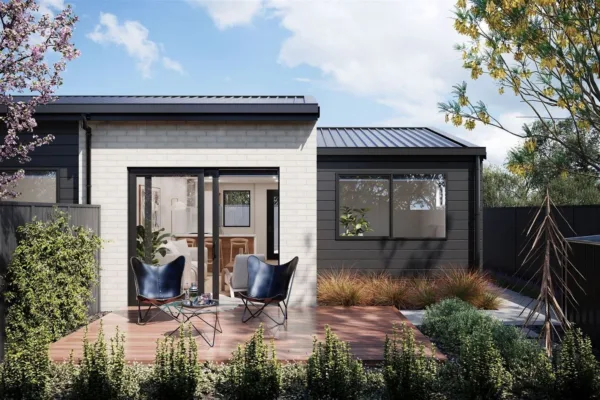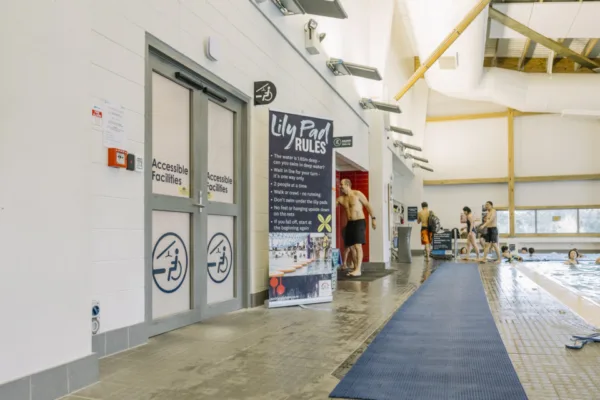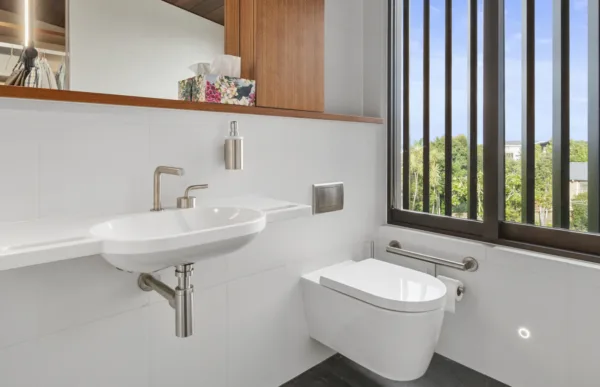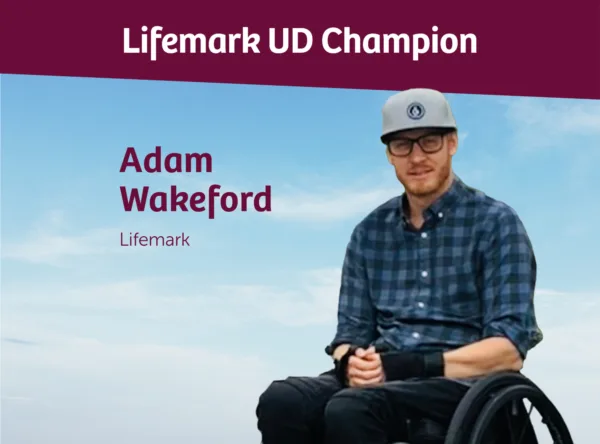Lifemark Universal Design Champion: Tracy Massam, Tāmaki Regeneration
Lifemark Universal Design Champion: Tracy Massam, Tāmaki Regeneration
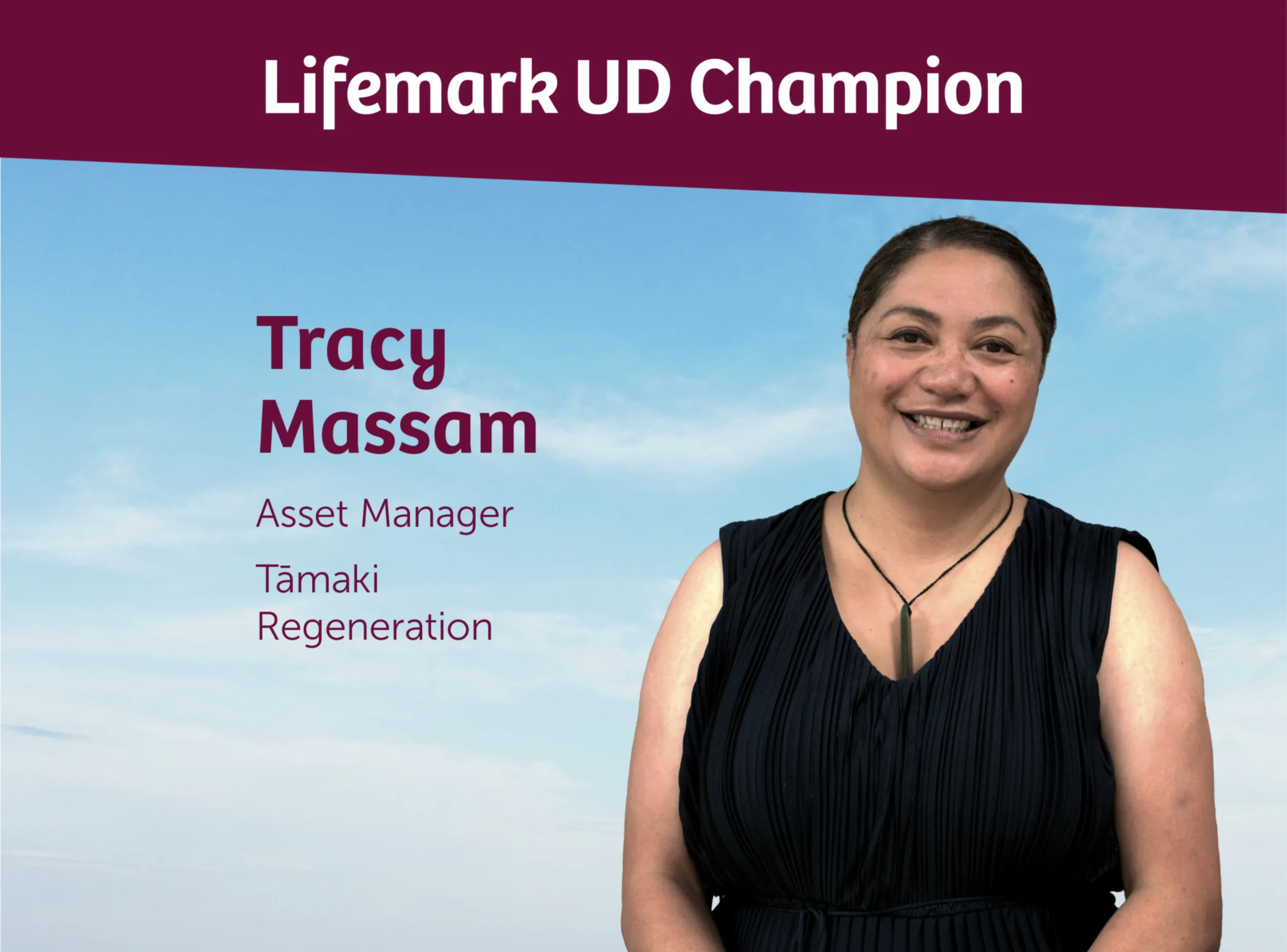
At Lifemark, we believe it takes a village to create spaces that work for everyone, and we love celebrating those who are making waves in the Universal Design space – our UD Champions.
We sat down with this month’s Champion, Tāmaki Regeneration Asset Manager Tracy Massam, to discuss her thoughts on all things Universal Design.
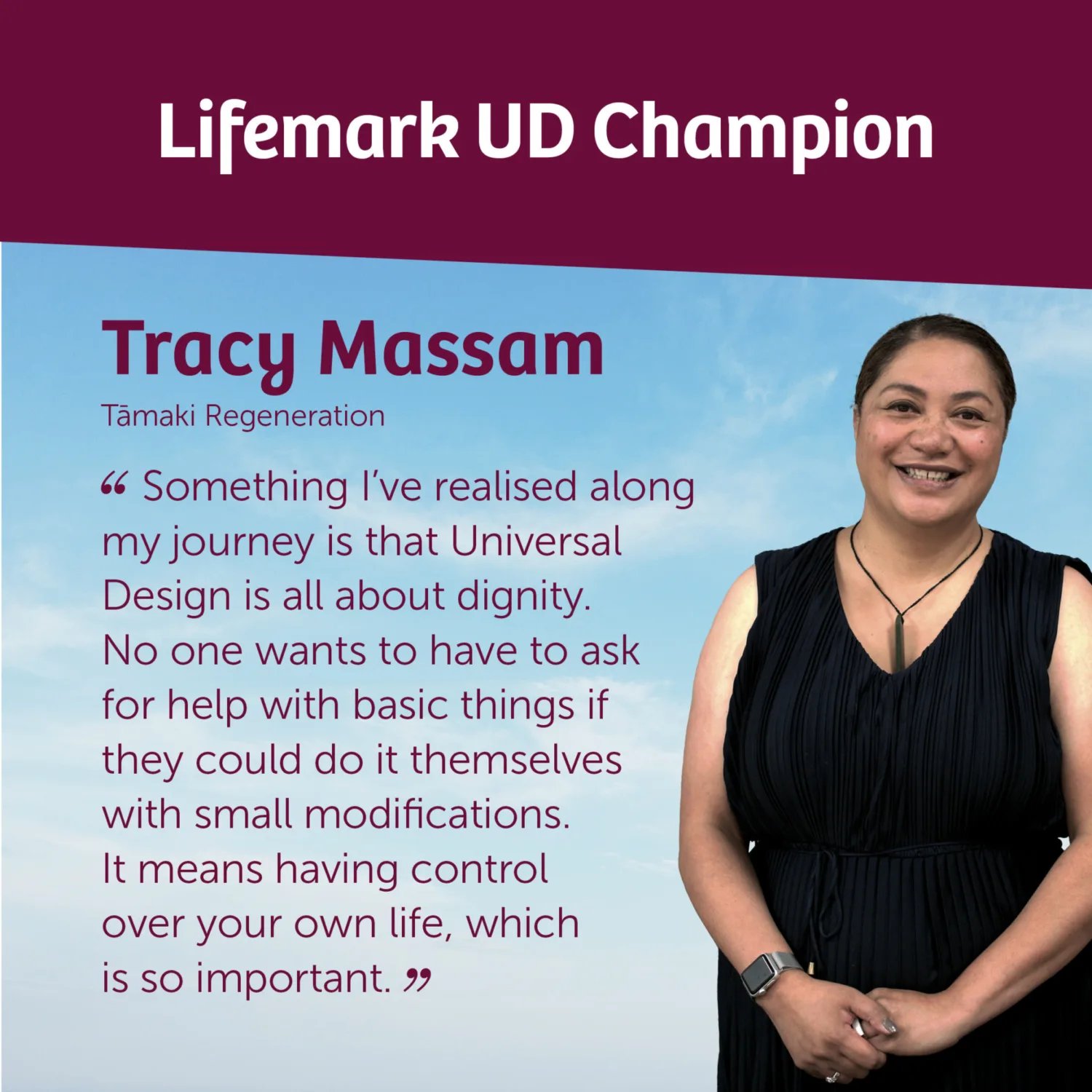
How did you first learn about the concept of Universal Design?
Tracy: I was at the Ministry of Education for about 10 years where I worked on a lot of accessibility modifications for students. After that, I worked at Auckland Council for about eight years and handled the design and renewals of some of our community facilities, and now I’m at Tāmaki Regeneration. Universal Design was important to all three of those organisations, but there were various degrees of knowledge around it.
So it was through those entities and learning from people in the industry that I was first exposed to Universal Design. I also did a Barrier Free course where I saw a wheelchair user struggle to navigate a hotel that was supposed to be accessible – it’s something I’ll never forget.
In terms of how Universal Design really came to life for me, I guess it was actually because of the opposite – how I’ve seen it not come to life and the issues that creates. One example that stands out is an amazing building that was meant to be accessible for all, but it turned out that only non-disabled people could get to the door due to the design outside.
It was so sad to see the disappointment on people’s faces and listen to them say, “Obviously, that building is not for me”. That was really hard to hear, but it changed the way I viewed Universal Design from that point on.
Why is Universal Design important to you?
Tracy: I think one of the biggest reasons it’s so important is how broad and inclusive it is. Many of us picture a wheelchair user when we think about accessibility, but there is such a diverse range of mobility needs out there.
I have a friend who had to have knee surgery after an accident. He lives in a two-storey, three-bedroom townhouse and the stairs are so difficult for him now. Similarly, I’ve also seen my dad, who was once a tall, muscly guy who could run leaps and bounds, become an older, slightly hunched man who relies on a handrail.
It really puts it into perspective for me how anyone can end up with mobility needs at any time. Accidents happen, and they get more frequent with age and when people have to find workarounds in their homes to get around. Whether it’s sensory or cognitive impairments or even just an older person who struggles to open a heavy door, we need to be thinking more broadly about accessibility and ensuring spaces work for everyone, and Universal Design does that.
It’s also important in terms of my role at Tāmaki Regeneration. One of our commitments is that if any of our families for whatever reason has to move during the regeneration process, we will find them a home in Tāmaki so they don’t have to leave the community. That means a whole lot of people are going to be aging in place, so we’ve had to change a lot about how we think about design to futureproof our homes.
Tell us about something you have learned from a Universally Designed project you have been involved in.
Tracy: One of our learnings from an existing project is the need to be cognisant of designs in multi-storey terraced homes. Although the upper storeys are unlikely to be accessible, it’s still crucial to get the design right on the bottom floor.
We have a lot of multi-generational homes with grandparents, children and grandchildren living together in one house. No one wants to be stuck in a bedroom on the bottom floor next to the garage while everyone else is upstairs. We have to ensure that the living spaces are at the bottom, there is access to the outdoors and at least one bedroom and bathroom. That way, people will always have family around them and will be included in the life of the home, regardless of their mobility needs.
What is one thing you want everyone to know about Universal Design?
Tracy: Something I’ve realised along my journey is that Universal Design is all about dignity. No one wants to have to ask for help with basic things if they could do it themselves with small modifications. It means having control over your own life, which is so important.
Also, from a cost perspective, I’ve noticed there are a lot of misconceptions about the expense of Universal Design. We’ve done a cost-benefit analysis and the results speak for themselves. For example, the cost to install a handrail on a wall where that possibility hasn’t been considered in the design phase can be significant – you might need to reinforce and re-gib the entire wall! Whereas including the extra timber during the initial build is a minimal expense that makes it simpler and cheaper if you need to modify the home in future.
There is also the potential negative impact on tenants to consider when you have a bathroom out of action for an entire day just to put in a handrail, or they are forced to take time off work to let the contractors in. Prioritising Universal Design from the beginning is a lot cost-effective and ensures the home is going to work for everyone in the long term.

